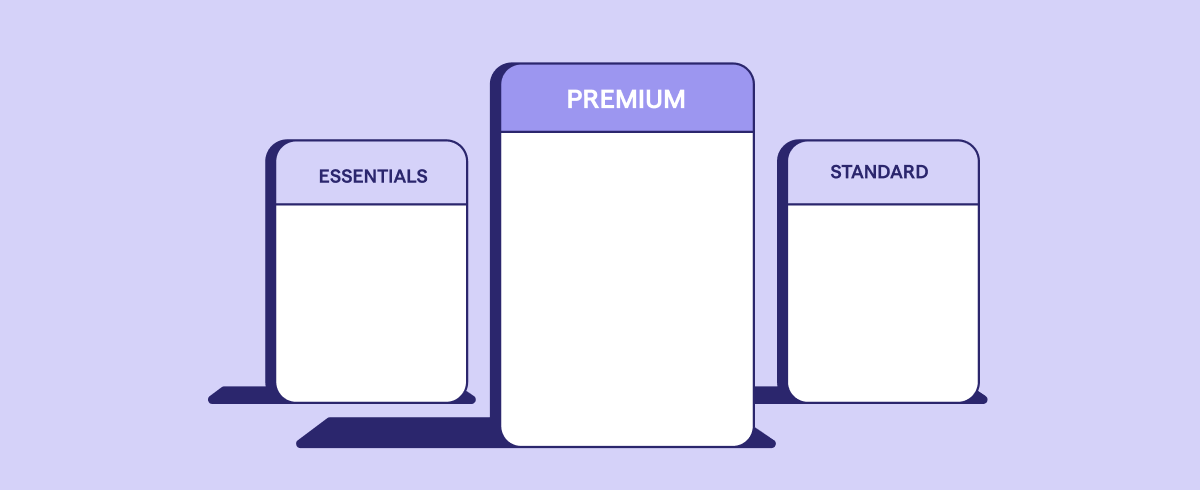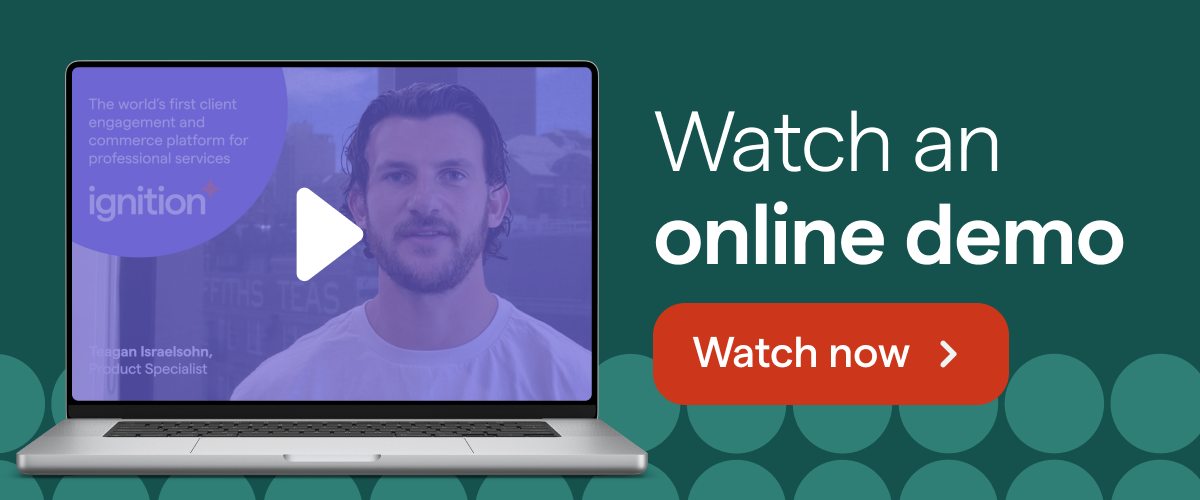How to choose which advisory services to offer in your accounting practice

Expanding your accounting practice revenue can be a challenging task, regardless of whether it's during tax season or the low season. One effective approach is to focus on your existing clients rather than searching for new ones. This is one of the reasons why many accounting and tax professionals choose to diversify their services by offering specialized advisory services.
Historically, ‘bread-and-butter’ work for firms has centered around providing compliance services. But these days, more and more are looking at also providing advisory services, such as risk assessment, succession plans, and so on. This is largely a result of improvements in automation, further adoption of offshore accounting, the desire for a better work-life balance, and the need to attract accounting graduates, who have plenty of options.
The evolving expectations of clients are contributing to the increasing demand for accounting advisory services. According to Joshua Lance, Managing Director of Lance CPA Group and Head of Accounting (AMER) at Ignition, clients want more than just basic tax return services, they also expect valuable guidance and advice.
What are advisory services?
Advisory services are often the most important accounting issues that clients encounter in their businesses, says Joshua Lance. These critical business issues are challenges such as cash flow management, employee compensation, and building a sustainable business, which can often cause sleepless nights for clients. As buyers, they’re willing to pay more to address these key challenges, making strategic advisory services a major revenue opportunity for firms.
The “real ROI” is when accounting and advisory services are bundled, says Joshua Lance: “When accounting firms bundle in advisory work with some of the work they’re already doing – whether it’s tax, bookkeeping, payroll – some of those basic compliance type activities or basic transactional activities, firms could increase their revenue significantly” he says.
For example, in the United States, CPA.com reports that when advisory services are bundled with traditional services packages, the average increase in monthly billings for tax prep and payroll is 48.6%.
While some of the advantages of offering advisory services might be clear, selecting the right services to provide can be daunting. So, how do you decide which ones to offer?

Start by looking at your compliance-based services first
It is common for advisory services to stem from the compliance work you are already offering. When it comes to accounts payable for example, instead of simply paying bills, consider the entire cash flow management process. Could you offer cash flow advisory as a service?
It’s vital for businesses to have someone who can manage cash, says Josh Lance. This requires an understanding of when cash is coming in and going out, as well as how to optimize cash flow. Clients are willing to pay for this service, because this is an area that’s a huge challenge for them, he says.
There may be other services that your clients need and that your firm is well-equipped to provide at a competitive price. They might be in need of a CPA advisor who can offer advisory services such as:
Cash flow management
Tax advisory
People advisory
Forecasting/KPIs
Strategic meetings
Technology advisory
Business start-up consulting
Business valuation
Charity and NFP registration
Debt consulting
Grant consulting
Aim for sustainable revenue through repeatable advisory services
Ideally, you want a steady flow of work and revenue. One upside of advisory services is that there’s usually a stable and predictable demand for them. A client who signs up for a virtual CFO service will want access to a CFO for a set amount of time every week, month or quarter, rather than just wanting that CFO to work 100-hour weeks for one month during tax season.
However, some advisory services are one-and-done affairs. Once an estate is planned for example, there’s not much scope for repeat business. So, if your firm is providing those types of advisory services, be aware that you will need to constantly acquire new clients.

Consider the market and advisory services that are in demand
Once you’ve considered the types of services you could offer, you can then research the specific needs of your target market and the services that are currently in demand. For example, even before the pandemic hit there was demand for cash flow advice and cash flow forecasts. But many more SME businesses had a pressing need for this advice as a result of COVID.
While you’re considering your target market, also think about the size of business to approach, your qualifications and experience, and any competitive advantage you might have. Pinpointing these can help you become clear about the ideal customer profile (ICP) for your firm and determine which services you can offer that will be of most value to your clients.
For instance, Joshua Lance’s virtual CPA firm focuses on providing accounting and consulting services to craft breweries and digital agencies. The firm has a deep understanding of the needs of these businesses and has paired their expertise to meet their unique demands, ultimately helping to secure their financial wellbeing.
Identify gaps in the market for your advisory services
Having identified advisory opportunities, you might be tempted to jump in and start selling these services. But it pays to first take the time to figure out what services make the most sense to your firm:
Look at your client roster. Consult your team to determine any areas where you could improve your services to provide added value for clients.
Identify out-of-scope offerings or client-assumed work. Ask your team, ‘where are the typical places that clients are pulling us out of scope?’ This is a great way of identifying a potential need for services.
Expand current offerings. Once you’ve identified where clients go out of scope, consider if your other clients in the same industry, such as retail, have similar demands. Expanding your service offerings to address the unique needs of this industry could be a valuable opportunity to pursue.
Identify new go-to-market opportunities. Once you’ve decided on the advisory services to offer, you can trial these with existing customers to see what works and what doesn’t work. Then you could go to market with the best offerings for future clients.
Use your scoping session with clients to understand their needs
Rebecca Mihalic, Head of Accounting at Ignition (APAC) says providing advisory services involves many challenging steps and may require additional training and education for your team. She recommends following a two-step process before you dive in:
Arrange a scoping session to understand the client's goals, their unique circumstances, and what advice they want. This will provide context and help you give better advice that will make a lasting impact. It will also give you the details you need to produce a detailed letter of engagement.
As part of your proposal, create and send a letter of engagement that clearly states what advisory services will be provided, how much these will cost, and when the work will be done. This will reduce the risk of out-of-scope work from happening and minimize the potential for fee disputes.
Give your prospective clients the flexibility to choose service packages

Accept payments on your proposals upfront
It's important to ensure that you receive timely payments for your work and avoid the hassle of chasing clients down. Joshua Lance suggests using Ignition because it also simplifies the payment process by allowing you to collect credit card or ACH information on your proposals. With Ignition, you can also automate invoicing and receive payments, making it easy to go from proposal to getting paid – all in one place. This saves you time and ensures you get paid for your services.
Over to you
Pivoting to provide new services in your accounting practice can be challenging. But firms that use Ignition can automate tasks such as engagement letters and payments, opening up time to offer advisory services.
Ignition makes it simple for you to engage clients, get paid and run your accounting firm on autopilot. Want to learn more about how you can increase efficiency, eliminate accounts receivable and increase your bottom line? Watch our online demo.



